
The Buhl Aircraft Company was a US aircraft manufacturer founded in Detroit in 1925 which remained in operation until 1933. Buhl designed and manufactured the Buhl-Verville CA-3 Airster, the first aircraft to receive a US civil aviation type Certificate in March 1927. Several utility and sport aircraft models were developed from 1925 to 1931, both fixed wings and rotary wing aircraft. Their greatest successes were with the Airsedan and Bull Pup, with approximately 185 aircraft of all types built from 1925 to 1932.

The Cessna Model EC-1 was a 1930s American single-seat, free-floating high tourer glider built by the Cessna Aircraft Company in the early 1930s as a response to the Great Depression. Designed by Eldon Cessna, it was a single-seat, free-floating high glider based on the CG-2 training glider, with a 26 hp Cleone engine. Although it was not put into serial production, the EC-1 played a role in Cessna's eventual success.

The Cessna Model EC-2 was a 1930s American two-seat tourer built by the Cessna Aircraft Company. They developed the Model EC-2, a low-cost aircraft, as a response to the market downturn caused by the Great Depression. Only one prototype was built and it did not go into production. A single-seat version, the Model EC-1, was also developed.

The Buhl-Verville CA-3 Airster, was a utility aircraft built in the United States in 1926, notable as the first aircraft to receive a type certificate in the US, issued by the Aeronautics Branch of the Department of Commerce on March 29, 1927. It was a conventional single-bay biplane with equal-span unstaggered wings and accommodation for the pilot and passengers in tandem open cockpits. Marketed for a variety of roles including crop-dusting, aerial photography, and freight carriage, only a handful were built, some with water-cooled engines as the CW-3, and others with air-cooled engines as the CA-3. One CA-3 placed second in the 1926 Ford National Reliability Air Tour.
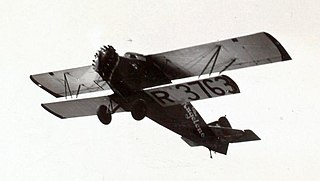
The Buhl AirSedan was a family of American civil cabin sesquiplane aircraft developed and manufactured by the Buhl Aircraft Company in the late 1920s. One example completed the first transcontinental non-stop roundtrip flight, made in 1929 by the CA-6 Spokane Sun-God, and the first Pope to have flown did so in a Buhl Airsedan.

The Buhl LA-1 Bull Pup was a light sports airplane developed in the United States in 1930. It was a mid-wing wire-braced monoplane with fixed tailskid undercarriage and an open cockpit for the pilot. Buhl developed the Bull Pup as a cheap aircraft through which the company hoped to remain in business as the onset of the Great Depression was felt. However, as the economic situation worsened, it became evident that there was no demand for even such a basic aircraft; when production ceased in 1932, all aircraft still in stock were sold off at half price as the company folded.
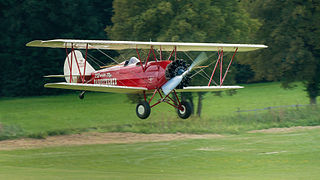
The Travel Air 2000/3000/4000 (originally, the Model A, Model B and Model BH were open-cockpit biplane aircraft produced in the United States in the late 1920s by the Travel Air Manufacturing Company. During the period from 1924–1929, Travel Air produced more aircraft than any other American manufacturer, including over 1,000 biplanes. While an exact number is almost impossible to ascertain due to the number of conversions and rebuilds, some estimates for Travel Air as a whole range from 1,200 to nearly 2,000 aircraft.

The Fokker T.IV was a Dutch torpedo bomber/maritime reconnaissance floatplane of the 1920s and 1930s. First flying in 1927, it served with the Dutch Naval Aviation Service in the Dutch East Indies until the remaining aircraft were destroyed during the Japanese invasion in 1942.
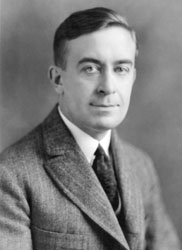
Alfred Victor Verville was an American aviation pioneer and aircraft designer who contributed to civilian and military aviation. During his forty-seven years in the aviation industry, he was responsible for the design and development of nearly twenty commercial and military airplanes. Verville is known for designing flying boats, military racing airplanes, and a series of commercial cabin airplanes. His planes were awarded with the Pulitzer Speed Classic Trophy in 1920 and 1924.
The Security Airster S-1 is an American two-seat single-engined monoplane designed by Bert Kinner and built by his Security National Aircraft Corporation later named the American Aircraft Corporation.
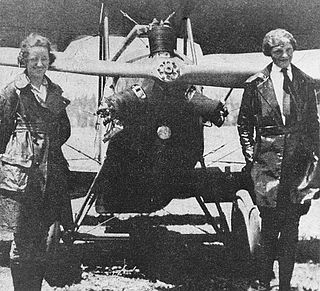
The Kinner Airster is an American two-seat single-engined biplane designed by Bert Kinner and built by his Kinner Airplane & Motor Corporation.

The Breda Ba.33 was an Italian light sport aircraft designed and built by the Breda company.
The ANF Les Mureaux 160T was a French touring monoplane aircraft developed in the early 1930s and flown for the first time in October 1932, designed by the ANF Les Mureaux. It was a two-seat high-wing monoplane powered by a 95 hp (71 kW) Renault 4Pb inline engine, it did not enter production.
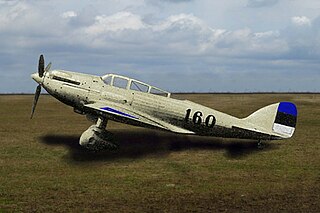
The AviotehasPN-3 Isamaa Päästja -, was an Estonian fighter and surveillance reconnaissance aircraft used by the Estonian Air Force in the 1930s. was first introduced in 1934 and was in service until Estonia was occupied by the Soviet Union in 1940.
The Angus Aquila was a 1930s unique British single-seat monoplane designed and built by Arthur Leighton Angus, an Australian-born engineer a passion for aviation in the early 1930s. The airplane had a low-wing design with an open cockpit that provided an unobstructed view of the surroundings. It was powered by a Salmson AD.9 radial engine with 40 hp, which gave the airplane ample power to climb and maneuver. On January 23, 1931, the Angus Aquila was officially registered as G-ABIK and assigned the Certificate of Registration number 2995. Arthur Leighton Angus was listed as the constructor and owner of the airplane, which was based at Hanworth Aerodrome in Hanworth, Middlesex. The Angus Aquila was designed to be lightweight and powerful, capable of high-speed flights at high altitudes. Its low-wing monoplane design provided excellent stability, and the open cockpit gave the pilot an unobstructed view of the surroundings.
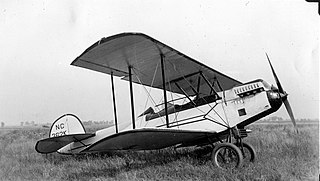
The Parks P-1 was an American three-seat sport biplane that was built in the late 1920s.

Étienne Dormoy was an aeronautical engineer and a designer of aircraft.
The Loire 45 was a 1930s French single seat fighter.
The Caudron C.360 was a French racing aircraft built by Caudron in the early 1930s to compete in Coupe Deutsch de la Meurthe air races.
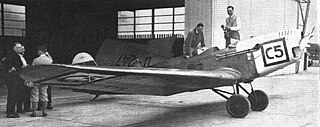
The Klemm L 26, later Klemm Kl 26, was a low-wing trainer aircraft built by Klemm.
















